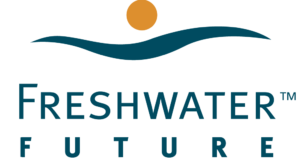Meeting Details: Monday, June 3rd from 1–3 PM ET | Register Here
Background: The U.S. EPA has engaged utilities and advocacy organizations over the past few months to help inform the development of a Water Affordability Needs Assessment and Report to Congress. The assessment is intended to “characterize the extent and scope of water burden impacts to households and utilities across the country”.
Now, the U.S. EPA wants to hear from communities and advocates exactly how unaffordable water impacts you and what solutions you see. Your voice matters! Please plan to attend and share your and your community’s issues with water affordability. Below are Freshwater Future’s priority concerns we have identified in our years of work on addressing the water affordability crisis:
Freshwater Future’s Concerns and Example Talking Points:
- Private water companies are increasingly buying up public water utilities and increasing water rates. Even when these companies access publicly funded dollars to improve the infrastructure, the public is not seeing a return on this investment in the form of more affordable water. Affordability protections must be a part of regulating these companies.
- During the pandemic, the federal government finally created a program to provide assistance to Americans struggling to pay their water bills. Yet, the Low Income Household Water Assistance Program struggled to be effective and did not go far enough:
- This program should be permanently established to address mounting arrearages
- This program needs dedicated funding and investment to optimize water system participation and outreach to help residents in need of the assistance.
- This program should make all water system customers eligible to apply without regard to water system participation.
- Water affordability can not stop at short term assistance programs. Water bills themselves must become more affordable. These are the aspects of a true water affordability plan.
- New regulations around PFAS “forever chemicals” are putting many of the United States utilities in a position where they must weigh clean and safe drinking water against affordability. Improvements to water infrastructure such as treating PFAS or removing lead from our water utilities must see greater investment by the federal government. How does the EPA plan to step up to address this challenge to affordable drinking water?
- Water is a human right, and water shutoffs need to be prohibited. Water shutoffs are harmful to water systems, stagnating water and contributing to water safety issues.








